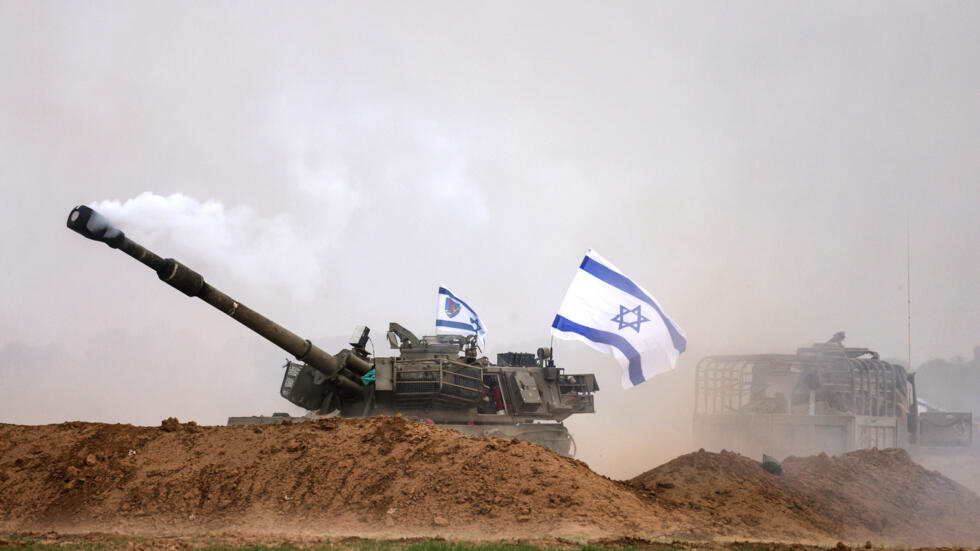The volatile situation in the Gaza Strip has taken a dangerous turn, with Israel launching airstrikes on southern Gaza’s main city on Monday. This military response comes in the aftermath of a dire warning from Hamas, stating that no Israeli hostages in Gaza would be spared unless their demands for prisoner releases were met.
Hamas’s Provocation:
Hamas triggered the current conflict with what Israel deems as the deadliest attack ever on October 7. The attack resulted in the death of 1,200 people, according to Israeli figures, and the capture of approximately 240 hostages taken back to Gaza. In response, Israel initiated a military offensive, causing widespread destruction and a devastating toll on civilian lives.
Humanitarian Crisis:
The conflict’s toll on Gaza’s population has been severe, with the Hamas-run health ministry reporting at least 17,997 casualties, predominantly women and children. Hospitals and healthcare infrastructure have been targeted, exacerbating the humanitarian crisis. Gaza’s health system is on the verge of collapse, with only 14 out of 36 hospitals functioning.
Israeli Offensive and Civilian Displacement:
Israel has urged civilians to seek refuge in the south, but with the conflict expanding to include southern targets, there are now few safe havens. The United Nations estimates that 1.9 million out of Gaza’s 2.4 million people have been displaced, with approximately half of them being children. Humanitarian organizations are pressing Israel for greater protection of civilians.
International Response:
The United Nations General Assembly is set to meet on Tuesday to address the escalating situation in Gaza. This comes after the United States vetoed a Security Council resolution for a ceasefire on Friday. The draft of the resolution closely mirrors the language of the vetoed Security Council resolution, expressing grave concern over the catastrophic humanitarian situation in Gaza.
UN Secretary-General Antonio Guterres expressed concern that the Security Council’s authority and credibility were severely undermined by the US veto. There are ongoing diplomatic efforts, with Qatar working on a new truce and France reporting the interception of drones launched from Yemen aimed at Israel.
US Position and Regional Concerns:
US Secretary of State Antony Blinken reiterated the rejection of a ceasefire, citing concerns about Hamas’s intentions. There are also fears of regional escalation, with incidents involving Israel, Lebanese militants, and attacks against US and allied forces in Iraq and Syria.
The situation in Gaza remains dire, with civilian lives at stake and international efforts focused on finding a diplomatic resolution. The upcoming UN General Assembly meeting underscores the urgency of addressing the humanitarian crisis and finding a path towards de-escalation to prevent further suffering in the region.
















